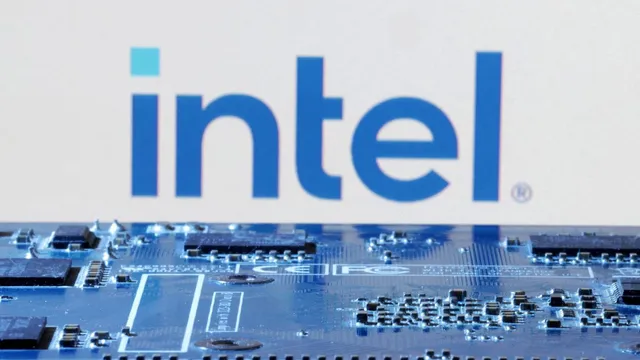- By Alex David
- Wed, 23 Apr 2025 03:42 PM (IST)
- Source:JND
Intel is reportedly preparing for a massive round of layoffs that could impact over 21,000 employees, marking one of the largest workforce reductions in the company’s history. According to Bloomberg, streamline management and rebuild an engineering-driven culture. The layoffs are expected to affect various departments across multiple regions, although specific details remain undisclosed. This comes amid slowing PC sales, rising competition, and Intel’s shift toward foundry services and AI-driven technologies. If confirmed, the job cuts could significantly reshape Intel’s workforce and strategy moving forward. Employees and industry analysts alike are closely watching how this potential move could impact the broader tech sector.
Intel Might Layoff 20%+ Workforce
Intel is getting ready to make a big announcement this week. The company is planning to cut over 20% of its staff in an effort to get rid of some of the red tape that's been holding it back. This move is all part of new CEO Lip-Bu Tan's plan to turn things around and get Intel back to its engineering roots.
These new cutbacks are part of a larger effort stemming from a previous layoff of about 15,000 employees in August (Intel's headcount was reduced from 124,800 to 108,900 during the last quarter of 2024).
Put in other words, Tan has tried to allocate resources effectively, while attempts towards recapturing market share and technological barriers have been an abject failure, capturing all things in conjunction with artificial intelligence. This neutral-orientated strategy led into cultivating a policy of red—of bleeding capital rather than revenue—for three crude years.
Alongside acquiring AMD for a reasonably priced $35 billion, Tan also removed under-equipped resources. And arguably of far greater value for claiming Intel protected barring gaining advertisement of these units, sold failing superconductor materials from eBay to Nevada.
Intel estimates that the deal to sell half of Altera's stake to Silver Lake offers a path to reverse the programmable logic device business revenue downturn.
Last month at the Intel Vision conference, Tan stated, “Intel requires improving its balance sheet, sharpening its manufacturing processes, and replacing the lost engineering talent.”
Tan will discuss the strategy further in results for the first quarter on Thursday. Wall Street has a somewhat optimistic view on Intel, banking their estimates on revenue declines being mostly over at this point. Still, the expectation of sales recapturing pace to bring in pre-boost levels Intel sales anytime in the foreseeable future is a no-go.
Gelsinger’s executors had to live through harsh market conditions inflicted by Covid and supply chains alongside raised tensions relying on rivals’ diplomacy. Dominating headlines across Silicon Valley trend stories Intel factory halting in aggressive expansion outline birthplace for Intel born to do made-factory chip expands on created order network.
Plans with Ohio were shelved alongside with optimistically flagged Intel title with prime surge this with 2022 Chips and Science Act funds claim poised loss under currently ruled decreed Trump.
A business agreement with Taiwan Semiconductor Manufacturing Co. (TSMC) - which has been the talk of many over the past months - also appears to be improbable for now. TSMC’s CEO, C.C. Wei, recently stated that they will keep concentrating on their business.
In this particular case, Intel overlooked one of the most profitable prospects in the chip industry over the last few decades. The company that, for a long time, reigned over the personal computer and data center processor market, failed to adapt to AI. This shift in market created an opportunity for Nvidia to evolve from a niche player to a world-leading semiconductor company, which now surpasses Intel in revenue.
Gelsinger was quoted saying “We've lost something of our competitive spirit,” expressing how difficult it was for him as an Intel employee to see the market changes and how Intel failed to take advantage of them. He had expected some time to make a change and clearly state his plans for Intel's growth. That's not the case anymore. His replacement, Tan, made his first public appearance last month as CEO of Intel. He stated that the strategy Intel is trying to achieve is not simple, and will take time.
“It won't happen overnight,” he stressed. “But I know we can get there.”

